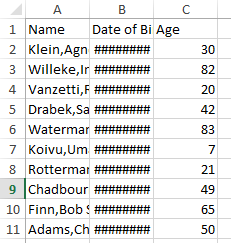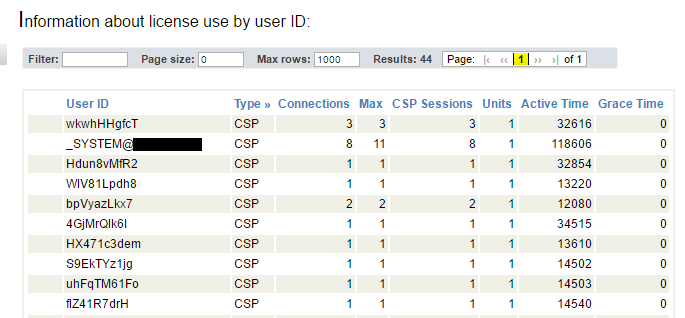Hi everyone!
I am trying to choose the best collation for a new application that will be running on a spanish locale (Chile).
I can see there are database collations for Spanish1, Spanish2, Spanish4 and Spanish5. What is the difference between them? I can't find anything on our documentation. Should I simply choose the latest (Spanish5)?
Kind regards,
Amir Samary




